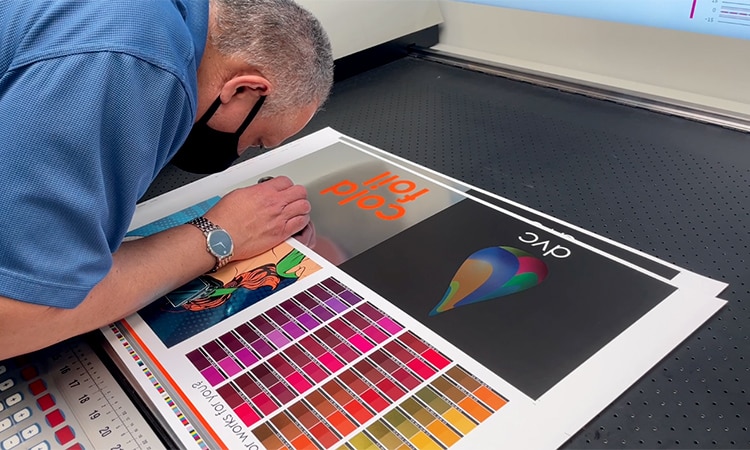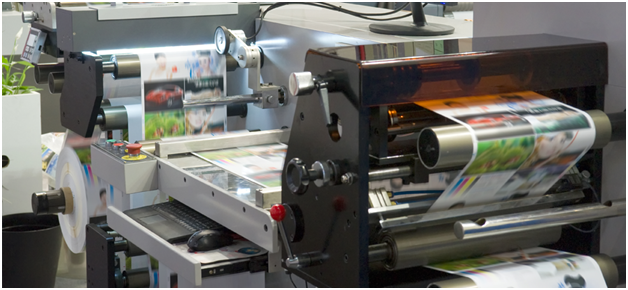Sustainable and Environmentally-Conscious Options in litho printing
A Comprehensive Overview to Understanding Litho Printing Strategies
The globe of litho printing, a method stemming from the late 18th century, is an interesting blend of history, scientific research, art and innovation. This comprehensive overview will decipher the intricacies of this printing method, from the make-up of litho inks to the challenges encountered in contemporary applications. As we venture into the details of lithography, the significance of automation and sustainability in guaranteeing its future significance becomes significantly clear. Keep with us as we trip right into the captivating realm of litho printing.
The Historical Development of Litho Printing
The historic trajectory of litho printing, an essential technology in the world of interaction, is a fascinating story of human resourcefulness. The procedure advanced with the arrival of the rotary press, which significantly increased productivity. Each phase of litho printing's development showcases mankind's unrelenting quest of performance and quality in aesthetic communication.
Translating the Scientific Research Behind Litho Printing Inks
Progressing in the exploration of litho printing methods, the emphasis now moves to the science behind litho printing inks. The make-up of these inks, their drying out process, and color mixing methods form the foundation of this complex art kind. Comprehending these elements is critical to grasping the craft and achieving the desired print outcomes.
Structure of Litho Inks
In lithographic printing, the fundamental duty of litho inks can not be overemphasized. The structure of litho inks differs depending upon its objective, yet generally, they include two major parts - pigments and cars. Pigments, the color-providing elements, are finely ground bits suspended in the car, a fluid that carries the pigment onto the printing surface. The car is an intricate mix of solvents, oils, and resins, which influence the ink's drying out time, attachment, and gloss. In addition, various additives are present to boost specific properties like circulation, drying, and resistance to ecological effects. Each part plays an important component in the last print's quality, making the exact solution of litho inks an intricate science.
Ink Drying Process
From the composition of litho inks, interest turns to the remarkable process of ink drying out. The drying out procedure is critical, as it influences the last print's top quality and longevity. Two key methods are utilized in litho printing: oxidative drying and absorption. Oxidative drying includes the ink reacting with oxygen airborne to form a tough, dry film. This method provides a resilient finish, yet can be slower contrasted to absorption. Absorption, on the various other hand, entails the ink leaking into the paper fibers, which is a quicker process but can result in less vivid colors. The selection between these approaches is dependent upon factors such as print speed needs, the paper kind utilized, and the wanted coating.
Shade Combining Strategies
While the drying out process plays a key duty in litho printing, the science of shade mixing strategies holds equal value. This is a complicated process that involves the careful blending of key colors: cyan, magenta, and yellow, in varying proportions to attain a broad range of shades. The addition of black ink, called 'key', aids in managing the intensity and depth of the colors. The science behind litho printing inks likewise considers the transparency of the ink, which influences just how shades overlay and mix. To attain a reliable shade mix, print experts need to likewise recognize the ins and outs of ink habits, shade concept, and the physical residential or commercial properties of the substratum on which the ink is used.
The Art and Style Elements in Litho Printing
Litho printing takes a breath life right into art and style through its one-of-a-kind components. The procedure includes producing a photo on a lithographic sedimentary rock plate or metal plate with a smooth surface area. The photo is after that published onto a tool, typically paper, by transferring the ink from home plate. What collections litho publishing apart is its ability to replicate complex layouts with high fidelity, making the result almost identical to the original artwork. This is achieved via using different line techniques such as hatching, stippling, and cross-hatching, which enable for a variety of tonal effects. Litho printing suits a selection of shades, allowing artists to produce dynamic and dynamic prints. This combination of accuracy and versatility makes litho printing a preferred choice for many musicians and developers.
Modern Applications of Litho Printing Methods
Litho printing methods have discovered comprehensive usage in the contemporary industrial field. Its influence and relevance continue to expand with the introduction of new innovations and technologies in the area. This area will certainly discover these contemporary applications and the transformative function they play in the printing industry.
Commercial Litho Printing Utilizes
Litho printing remains an essential part of the commercial sector. High-volume printing jobs, such as the production of publications, papers, and product packaging, count on litho printing for its capability to supply premium photo top quality and price performance. Litho printing also offers a broad color range, premium to that of electronic printing.
Innovations in Litho Printing
Pushing the limits of typical methods, modern advancements have actually review fueled a host of developments in litho printing. One popular growth is electronic litho printing, which incorporates the virtues of digital modern technology with litho's premium result. These innovations highlight the long-lasting relevance of litho printing in the modern world.
Discovering the Refine of Litho Printing: Detailed

Challenges and Solutions in Contemporary Litho Printing

Regardless of the precision and custom that litho printing happily maintains, it is not without its collection of contemporary difficulties. One of the most prevalent problems include the high first setup expense, problem in printing variable information, and ecological issues as a result of chemical usage. Solutions are emerging as innovation progresses. Digital litho printing permits for cost-effective short runs and easy modification, dealing with the problem of variable data. Environmentally-friendly inks and much safer plate-making processes alleviate ecological concerns. Additionally, developments in automation have decreased labor expenses, better democratizing the lithography process. Therefore, while there are difficulties, the litho printing industry is proactively adapting to meet them head-on, ensuring its relevance in the future.
Verdict
In conclusion, litho printing, with its rich history and scientific complexities, holds a considerable place in the print industry. The future of litho printing pivots on its ability to adapt to these altering Visit This Link needs, verifying its enduring worth in a developing market.
